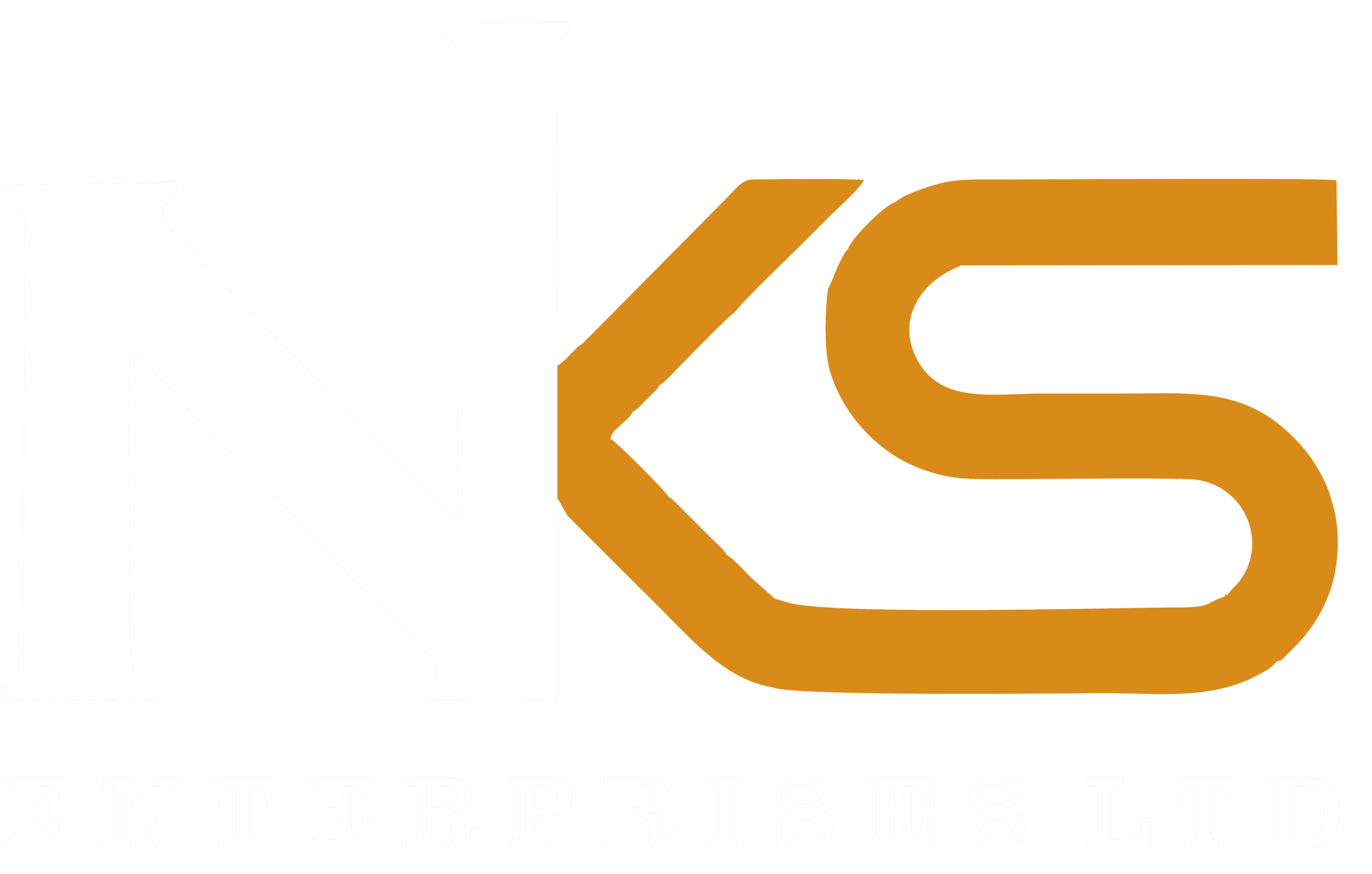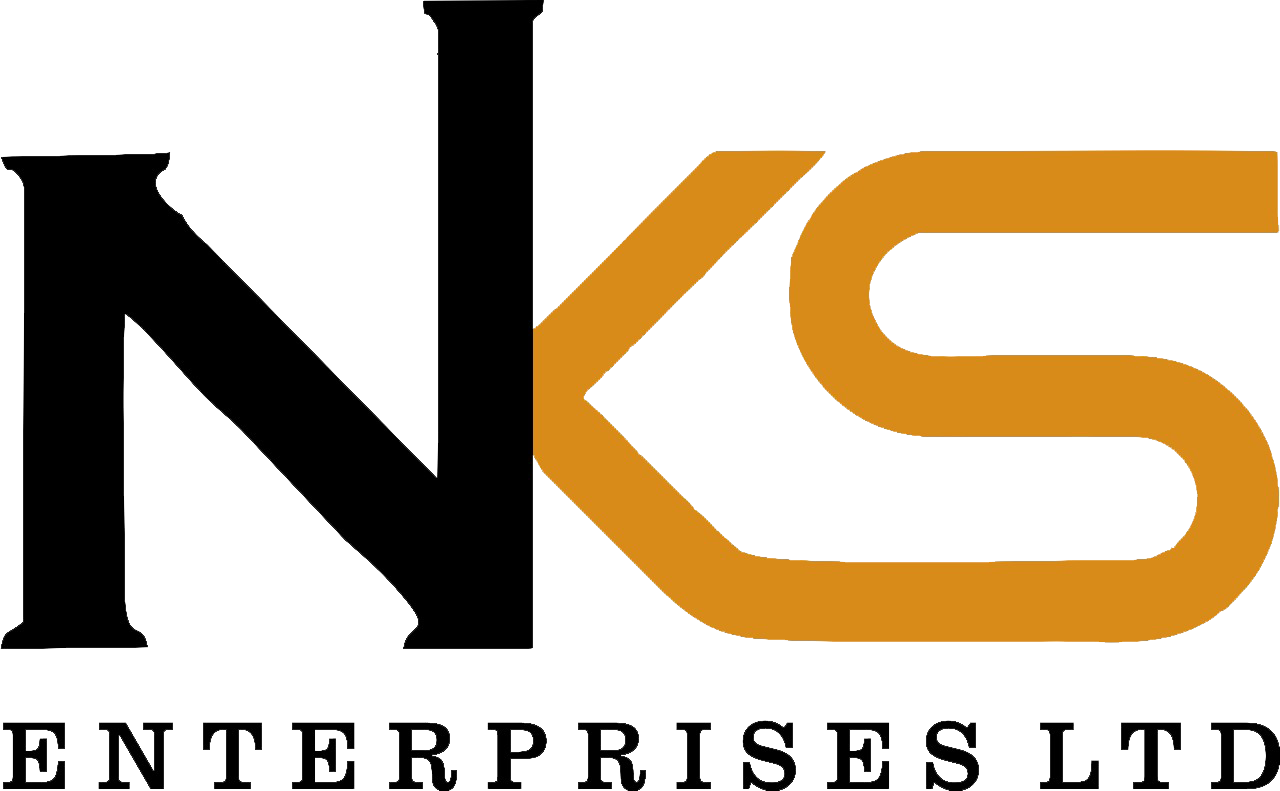FSSC 22000 (Food Safety System Certification) is a globally recognized food safety certification scheme based on the ISO 22000 standard, combined with sector-specific prerequisite programs (PRPs) and additional requirements defined by the FSSC Foundation. It is approved by the Global Food Safety Initiative (GFSI) and is widely accepted by regulators, retailers, and manufacturers worldwide.
FSSC 22000 is designed for companies involved in the food and beverage industry, including manufacturing, packaging, storage, transportation, and animal feed production. It ensures the safety, integrity, and quality of food products throughout the supply chain.
Components of FSSC 22000
FSSC 22000 combines the following:
- ISO 22000: Food Safety Management Systems
- Prerequisite Programs (PRPs) such as ISO/TS 22002-1
- FSSC Additional Requirements (e.g., food defense, fraud prevention, allergen management)
Who Should Implement FSSC 22000?
- Food manufacturers and processors
- Animal feed producers
- Food packaging manufacturers
- Food storage and distribution companies
- Transport and logistics providers within the food supply chain
Key Benefits of FSSC 22000 Certification
- Demonstrates commitment to food safety and compliance with global regulations
- Improves risk management across the entire food supply chain
- Enhances customer trust and market access (especially for exports)
- Supports regulatory compliance (e.g., EU, FDA, Codex Alimentarius)
- Reduces product recalls and food safety incidents
- Recognized by major retailers and brands globally
FSSC 22000 with NKS Enterprises UK
At NKS Enterprises UK, we offer comprehensive guidance and certification support for companies seeking FSSC 22000 certification. Our food safety experts help you build, document, and implement an effective Food Safety Management System tailored to your specific industry needs.
From initial assessment to employee training, internal audits, and final certification coordination — we ensure a smooth and efficient process that aligns with both regulatory and market expectations.

